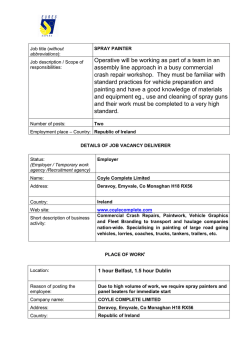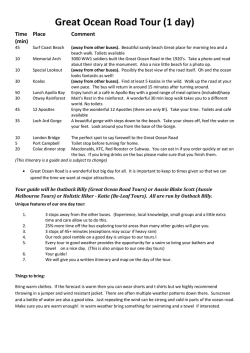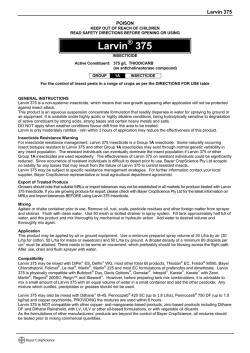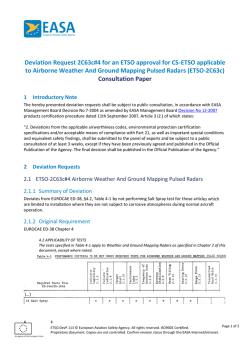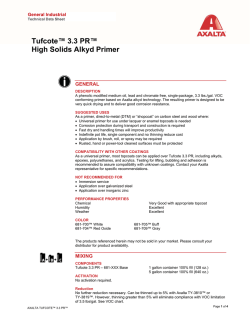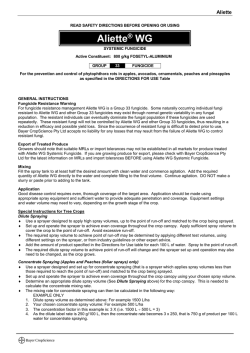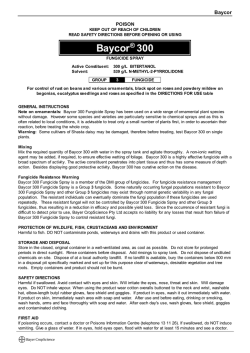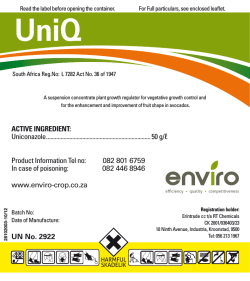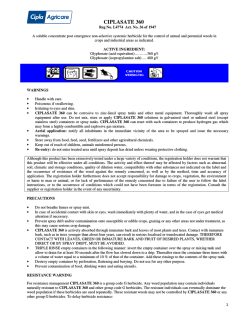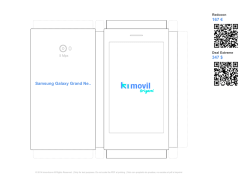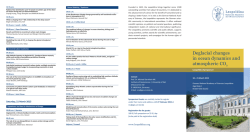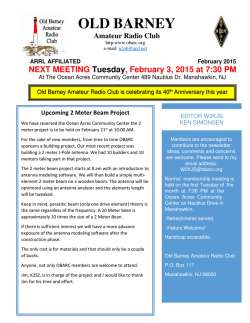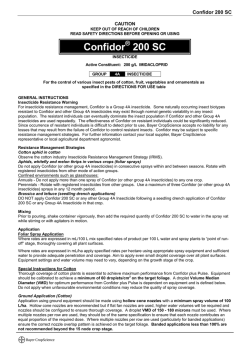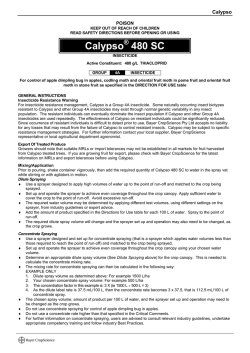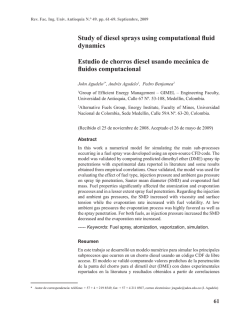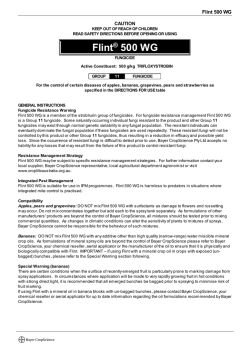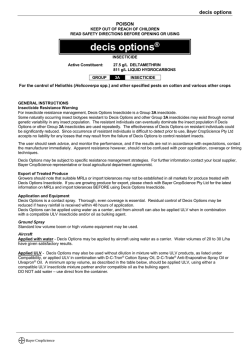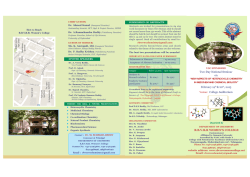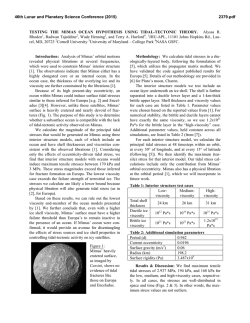
Scientists identify ocean biology that affects sea spray
Scientists identify ocean biology that affects sea spray chemistry, atmospheric particles 2 February 2015 of aerosols over the oceans. "Phytoplankton are tiny sea organisms too small for the eye to see," said Dr. Susannah Burrows, postdoctoral atmospheric scientist at PNNL. "When lofted into the atmosphere by the bubble-breaking waves, the sea spray carries chemistry that affects atmospheric aerosols. This also may affect ocean clouds and climate. That's why we are interested in them." Microscopic organisms, along with other organic particles and salt, are thrown into the atmosphere every time an ocean wave breaks. Identifying the chemical composition of sea spray sheds light on the ocean-cloud connection, and how ocean biology may impact how clouds form and the climate Breaking ocean waves beget a wake of bubbles. Reaching the sea surface, they burst into a spray of salt and carbon-rich material produced from microscopic sea critters. The far-flung particles can loft high enough to affect cloud-forming droplets. In a paper appearing in the journal Atmospheric Chemistry and Physics, a team of researchers including Drs. Susannah Burrows and Phil Rasch of Pacific Northwest National Laboratory, and Los Alamos National Laboratory scientist Dr. Scott Elliott, devised a new method to identify the chemical composition of the sea spray, and how that chemical make-up is affected by ocean biology. Oceans cover 70% of the Earth's surface, and clouds that form over the oceans have dramatic effects on Earth's climate. One of these effects is that clouds reflect sunlight, cooling the planet. The amount of sunlight reflected by clouds depends in part on the number and size of droplets in the cloud, which form on natural and pollution particles called aerosols. Sea spray is an important source The researchers developed a new model that provides a better description of how phytoplankton affect ocean chemistry and how this in turn affects the chemistry of sea spray aerosol. This is important because phytoplankton populations may change in the future, as the ocean warms and becomes more acidic, due to increased carbon dioxide in the atmosphere, and as the melting of polar ice caps leads to an expansion in the extent of open waters where phytoplankton can grow. Methods: In this study, PNNL led research that for the first time developed a description of sea spray aerosol chemical composition that is based on a physical model of the processes driving the accumulation of organic matter at the surface of ocean bubbles. This method links the output of ocean biogeochemistry models to the chemical composition of aerosols, unlike previous models that represented sea spray chemical make-up using equations to describe the relationship between the composition of sea spray and the concentration of phytoplankton pigment in the ocean. The new method allows researchers to test understanding of the most important processes that determine the composition of sea spray. The new model may also help to resolve some apparent regional discrepancies in the relationships that have been observed between ocean biology 1/2 and sea spray chemistry. The model results suggest that these relationships may differ between regions depending on the dynamics of the ocean ecosystem. The insight from this research may eventually allow researchers to explore how future changes in phytoplankton populations could affect clouds. Using this method, the next step is to simulate sea spray particle composition in the atmosphere and its effects on cloud properties. The model will also be compared with satellite observations of cloud properties to determine whether clouds can be simulated more accurately by using the new formulation. More information: Burrows SM, O Ogunro, AA Frossard, LM Russell, PJ Rasch, and S Elliott. 2014. "A Physically-Based Framework for Modelling the Organic Fractionation of Sea Spray Aerosol from Bubble Film Langmuir Equilibria." Atmospheric Chemistry and Physics 14:13601-13629. DOI: 10.5194/acp-14-13601-2014 . Provided by Pacific Northwest National Laboratory APA citation: Scientists identify ocean biology that affects sea spray chemistry, atmospheric particles (2015, February 2) retrieved 6 February 2015 from http://phys.org/news/2015-02-scientists-ocean-biology-affectssea.html This document is subject to copyright. Apart from any fair dealing for the purpose of private study or research, no part may be reproduced without the written permission. The content is provided for information purposes only. 2/2 Powered by TCPDF (www.tcpdf.org)
© Copyright 2025
